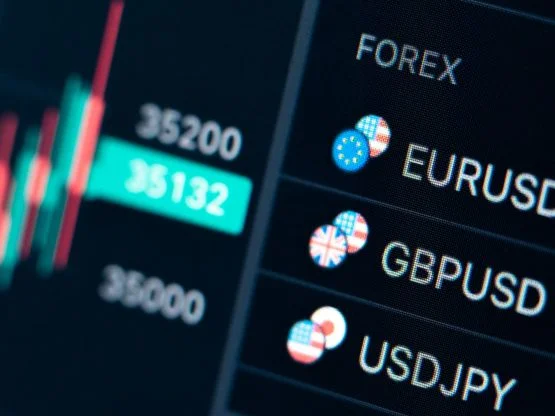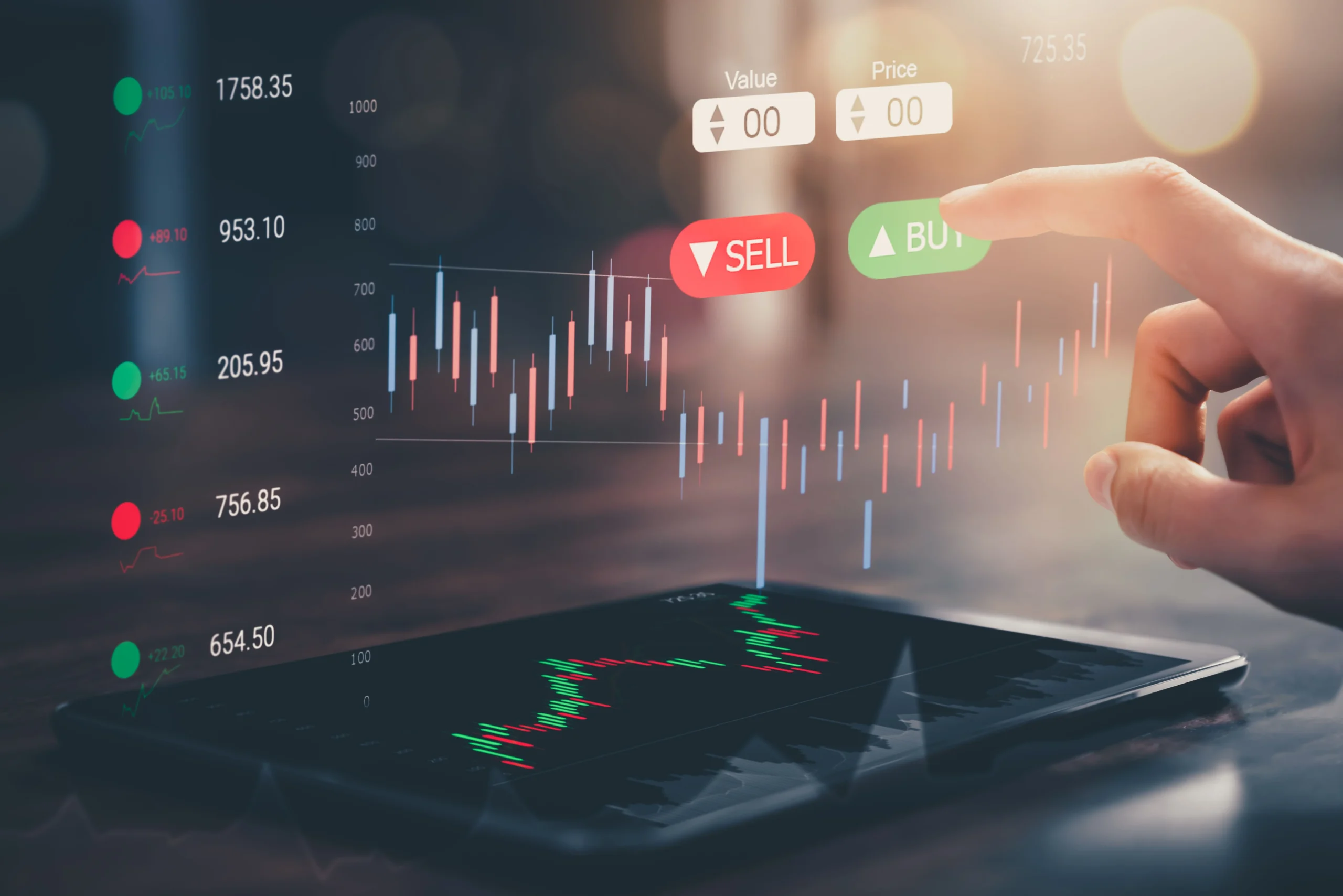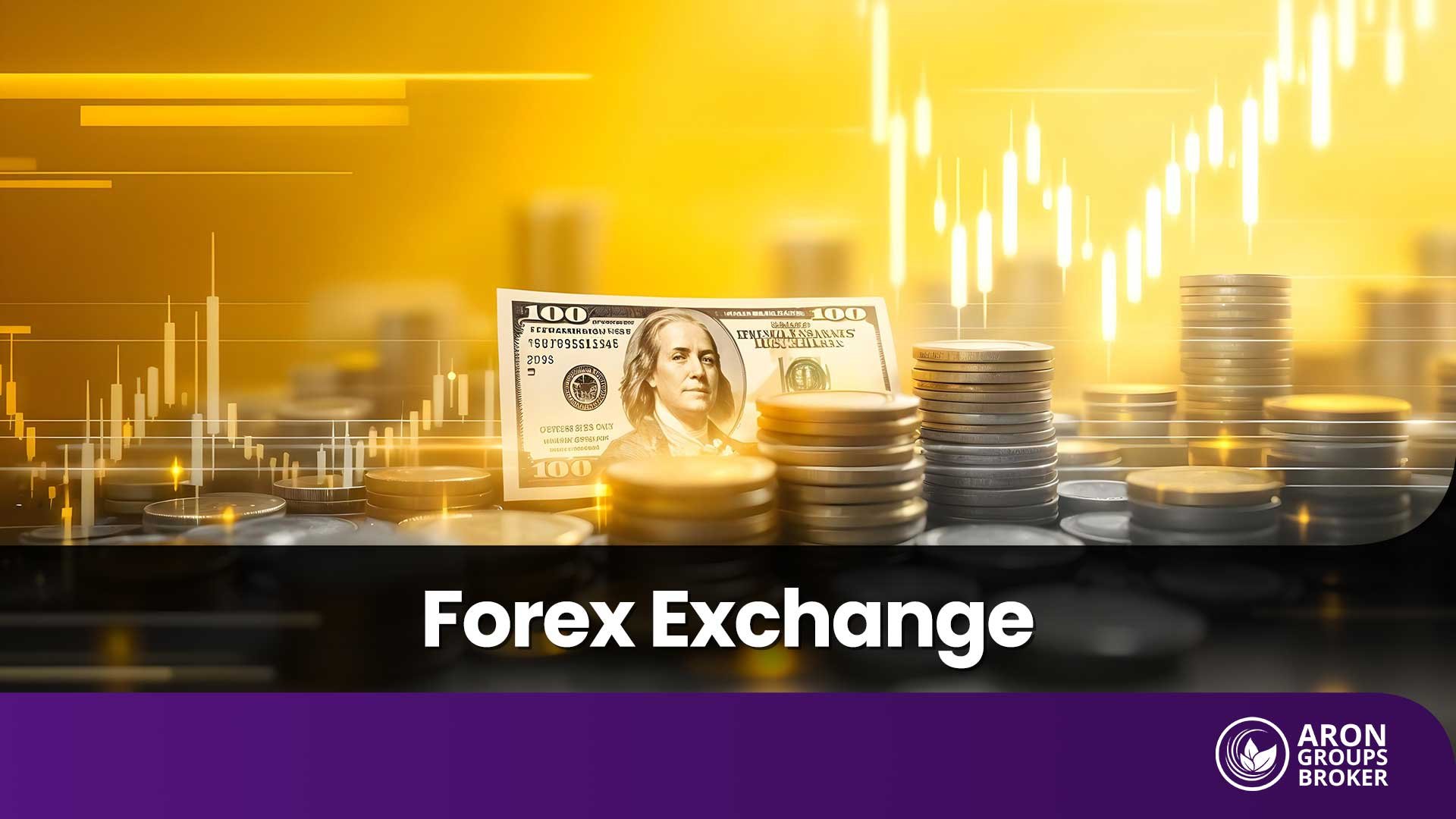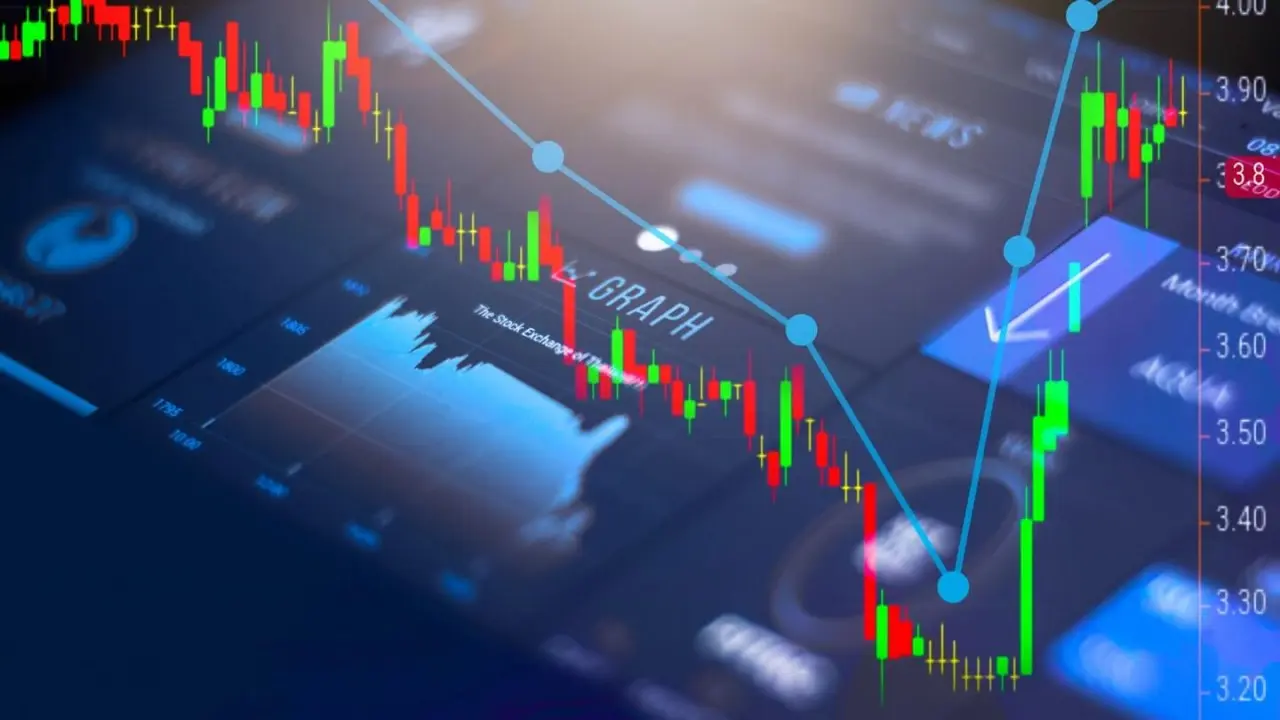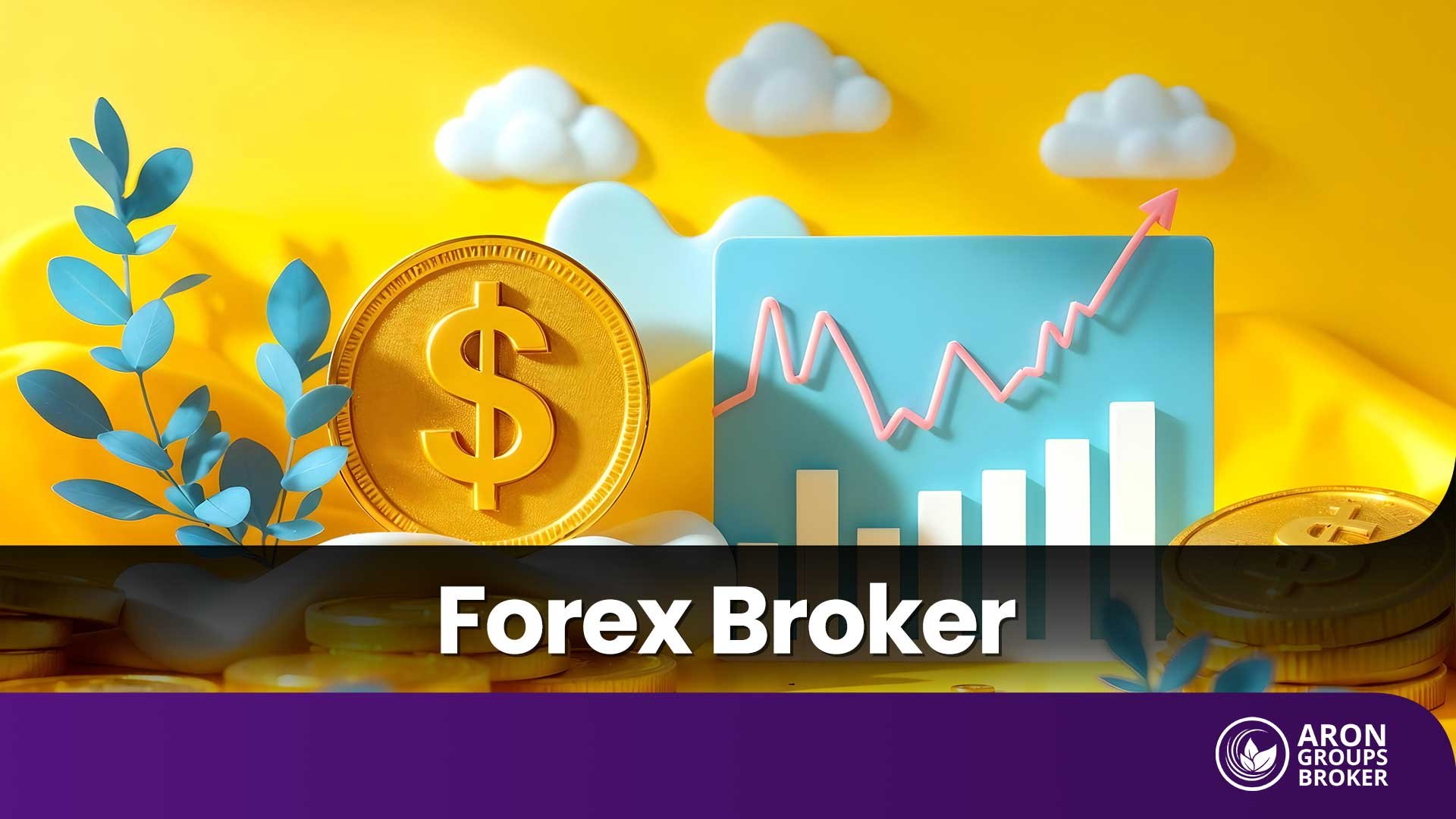The forex market is similar to any other market; you buy a currency pair (parity), then sell them more expensive after its price rise, and after that, you buy it cheaper after the currency pair you sell falls to make a profit. Forex transactions are spot transactions; they are not for futures.
There is no physical exchange of goods at the end of the transactions. Profits and losses become clear in monetary terms and are instantly reflected in the account. The trader can always monitor his real-time account status from the Trading platform.
Since the market is open 24 hours, five days a week, you can take or close your position at any time according to the developments in the world.
Table of Contents
What are the positions in Forex Market?
In the forex markets, the investor can both buy and sell. When a currency pair is bought, a long position is opened. A long position can be closed by selling the same amount in the same currency pair. You can also start your trading by selling a currency pair. You will open a short position if you sell the currency pair when you have never had a position before. You can close your short position by buying the same amount in the same currency pair. The difference between the Buying and selling prices will create profit and loss.
What is a currency in Forex Market?
There are always two currencies in a currency pair. If you are buying or selling a currency pair, you are buying or selling the currency, which is also called the base currency, to the left of the currency pair. When trading in this market, you agree to buy or sell the currency to the right of the currency pair, which is also called the secondary or counter currency.
For example, buying in EURUSD parity means giving USD in exchange for buying EUR. Selling in the same parity means buying USD in exchange for selling EUR.
In the currency pair or parity, Buying and selling transactions are made in the first currency, while profits and losses are made in the second currency on the right.
One of the most important features of the Forex market and the factor that makes it popular is that it is a leveraged market. Using leverage, you can take positions much larger than the amount of Collateral you deposited which depends on a multiple of the leverage ratio.
For example, depositing only $1,000 in your account allows you to open a $100,000 position if the leverage is 1:100 (one hundredfold). In other words, by depositing $1,000 collateral, you can dominate a $100,000 position and have the opportunity to profit from the price movements of this size position. In reverse price movements, the possibility of losing the same size is also possible. Trading in this market is risky, and the leverage fact can also be a double-edged sword.
How to trade in the Forex market?
Trading in the Forex market is very easy and practical; you can trade from your computer, tablet, or smartphone wherever there is internet.
Some brokerage firms in the Forex market also have their platforms, but Meta Trader is the most accepted and widely used platform. You can download Meta Trader to your computer, tablet, or smartphone or instantly connect via the web.
You can follow the current prices of the products on the Meta Trader platform and your Collateral and margin levels from this platform, Aron Groups.
If you cannot access the internet at your location, you can order a transaction by calling the Aron Groups brokerage firm you work for. Positions can be opened by authorized persons in the institution for the product you want and at the rate you specify.
How can I gain experience in the Forex market?
Forex is an attractive market with many advantages to its users; if you are new and inexperienced in this market, you may gain experience with or without loss. To find a prominent way to survive in this market, you can open a free trial or demo account from any brokerage firm. The demo account has a virtual balance, but the prices of the products are real, and you can get experience by trading here for a while.
The demo account is very useful for investors to know the market; it allows them to see the risks and gain knowledge.
What are commissions and costs?
There are no commissions and charges for your forex transactions; the cost is the difference between buying and selling.

Execution of buying and selling orders
There are some typical phrases you would encounter while investigating or trading in the market. It is wise to get some clear definitions of these phrases.
Order
Written, verbal instructions received from the customer and transmitted to the Trading platform for the purchase or sale of leveraged assets.
Electronic trading platform
An electronic platform where the customer can trade leveraged assets and view the account status and current prices.
Leveraged Buying and selling orders can be transmitted in writing or verbally to the authorized personnel of the electronic Trading platform allocated to the customer directly by the customer.
The customer can send orders to the trading platform within the periods determined by the brokerage firm. The customer agrees that the firm may not accept orders on days when the national or international markets are on holiday and may change the order transmission hours due to daylight saving time and similar changes.
In the order he gives, the customer is obliged to clearly, and clearly state the type of transaction, if it is a buying kind or it is a selling type, the name of the asset, the amount, order type, validity period, price limitations, and other information requested by the brokerage.
At his discretion, the customer may determine the validity period of the order. The order is valid unlimitedly until a daily or second order cancels. Provided that the brokerage firm accepts, the customer may send an order to the firm, valid on a certain date.
The customer may cancel the order he has given, provided that it has yet to be fulfilled.
Transaction collateral
It is the Collateral that the customer must keep with its brokerage to perform leveraged trading.
The customer is obliged to keep the Collateral amount determined by the firm and notified to the customer based on each asset/asset pair and account to execute the buy and sell orders. The brokerage firm is not responsible for the non-execution of customer orders if the customer’s investment account does not have sufficient transaction collateral. The minimum transaction margin is 1,000 USD (or equivalent EUR or the customer’s currency).
Electronic trading platform
This electronic platform lets the customer trade leveraged assets and views the account status and current prices.
Leveraged Buying and selling orders can be transmitted in writing or verbally to the authorized personnel of the brokerage firm or, if the firm deems it appropriate, to the electronic Trading platform allocated to the customer directly by the customer himself.
The leverage ratio is determined by the maximum limits set by the Capital Markets Board. The parties’ written consent is required for the determined rates to be changed later.
Transaction margins
The margins are determined in two tiers initial and maintenance Collateral. The initial margin is the amount the customer pays to take the position. It is calculated over the leverage ratio determined based on leveraged asset pair/leveraged asset.
Maintenance collateral
It is the lowest level that the updated Collateral amount should protect depending on the daily price changes in the market.
Suppose the Collateral amount in the customer’s account falls below the amount required by the leveraged trading transaction. In that case, the brokerage requests the customer to complete the collateral by making a margin call. The customer is obliged to fulfill the guarantee completion obligation immediately.
If the collateral amount in the customer’s account falls below 75% of the initial collateral amount, a margin call is made on the platform. In this case, the customer must withdraw the collateral to the required collateral level by closing a position or depositing cash. Otherwise, when the margin level reaches 50%, open positions are automatically closed one by one, starting from the position with the lowest loss until the 50% margin level is reached.
A brief review of margin and customers’ collateral
Margin calls can be made by the brokerage firm to the customer verbally, in writing, or electronically. If the brokerage firm sends or makes this call, the customer is deemed to have received the call without needing a notice or notification. The client agrees that they will fulfill the margin calls to be made by the firm within the required time and in the manner requested. Otherwise, some or all of his open transactions may be liquidated by reverse transaction without any notice, and all the losses he may suffer due to position closing are his own.
Suppose the customer’s Collateral is in a currency different from the asset type they wish to trade. In that case, the available cash is converted to the currency where the related asset is traded at the instant exchange rates on the Electronic Transaction Platform without the customer’s approval. The client agrees that he will not have any objections to the exchange rates used in these transactions and that the brokerage firm is not responsible for the losses that may arise due to the exchange rate movements.
Electronic tracking of orders and principles of notification to the customer
All leveraged trading transactions and all asset entries, exits, and transfers, final profit and loss amounts on closed positions, potential profit and loss amounts related to open positions, all kinds of commissions, fees, and taxes accrued to the account and Collateral of the account, they provide access to information on their status through the Electronic Trading platform.
The brokerage firm should be tightly in charge of any detail and movement with the account during the time it is serving its customers; these details might be as date, time, price, and quantity for all positions taken every month; the exact profit and loss amounts related to the closed positions; potential profit and loss amounts related to open positions; all movements related to cash, securities and other assets held at the platforms belonging to the brokerage firm; a written notification containing information on all kinds of commissions, fees, and taxes accrued to the account, and collateral status is sent to the customer’s address within 7 days following the relevant period. However, upon the customer’s written request, such monthly notifications may be sent electronically to the e-mail address to be declared by the customer for the same period of time, or it may be possible for the customers to access this information electronically.
Aron Groups will inform the customer about all positions taken in the previous day, within the business day following the day of each transaction, by providing electronic access, by e-mail, or by short message service.






















